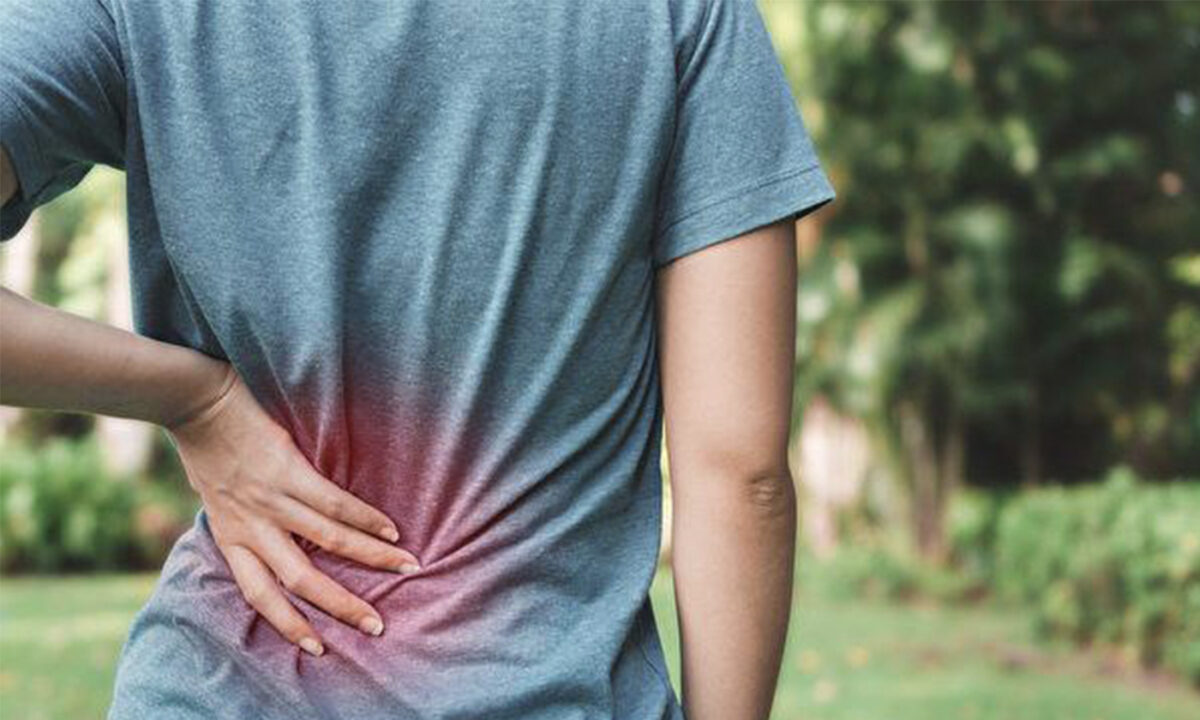3 Stretches and 2 Diet Tips for Alleviating Neck and Back Pain
As more people use “3c” (computers, communication, and consumer) electronic products daily, the likelihood of developing shoulder, neck, and back pain, and even conditions that usually come with more advanced aging, such as hand numbness and buffalo or Dowager’s hump increases broadly across the population. Dr. Chan Chiu-lung, a traditional Chinese medicine (TCM) practitioner from Taiwan We Care Clinic, offers three methods to alleviate shoulder, neck, and back pain while bringing the posture back into balance. Who Suffers from Shoulder and Neck Pain? Shoulder, neck, and low back pain are commonly caused by improper posture and the over or active use of certain muscles. Office workers, who are often seated for hours while staring at a computer, book lovers who spend hours hunched over books, and factory workers who often maintain the same posture or engage in repetitive motions throughout the day, are the most likely to suffer chronic pain. Chan said that our neck must always be held perpendicular to the ground and directly above the pelvis. When the head leans forward, each inch will increase the weight on the cervical spine. This increase in weight can cause inflammation and soreness in the spine. Stretch to Alleviate Low Back Pain Chan believes that shoulder, neck, and low back pain is usually due to the overuse of the back muscles. Therefore, stretching and relaxing the back muscles is the best way to treat the pain. Chan offers the following three training methods. 1. Overhead Lying Leg Raise (10 seconds)Lie on your back. Place your hands next to your body and underneath your lower back. By pressing downwards with your hands, use core muscle to lift the legs straight overhead and press them down towards the ground as much as possible. 2. Seated Crunch 1 (about 10 seconds)Sit on the floor. Put your hands behind your head, and bend your body forward as much as possible. While pressing down on the head lift your head upward to resist the pressure. 3. Seated Crunch 2 (about 10 seconds)Sit on a chair. Use your hip muscle strength to straighten your legs. Put your hands behind your head and bend your body forward as much as possible. Press down on your head and lift your head upward to resist the pressure. [embedded content] Avoid Two Types of Food Chan reminds everyone that people suffering from muscle pain should not eat cold or sweet food as the chill will cause blockages in the body. Too much chill will obstruct blood flow, cause muscle contraction, and inflict pain. Sweets can easily induce inflammation, which can increase pain levels in the body.

As more people use “3c” (computers, communication, and consumer) electronic products daily, the likelihood of developing shoulder, neck, and back pain, and even conditions that usually come with more advanced aging, such as hand numbness and buffalo or Dowager’s hump increases broadly across the population.
Dr. Chan Chiu-lung, a traditional Chinese medicine (TCM) practitioner from Taiwan We Care Clinic, offers three methods to alleviate shoulder, neck, and back pain while bringing the posture back into balance.
Who Suffers from Shoulder and Neck Pain?
Shoulder, neck, and low back pain are commonly caused by improper posture and the over or active use of certain muscles. Office workers, who are often seated for hours while staring at a computer, book lovers who spend hours hunched over books, and factory workers who often maintain the same posture or engage in repetitive motions throughout the day, are the most likely to suffer chronic pain.
Chan said that our neck must always be held perpendicular to the ground and directly above the pelvis. When the head leans forward, each inch will increase the weight on the cervical spine. This increase in weight can cause inflammation and soreness in the spine.
Stretch to Alleviate Low Back Pain
Chan believes that shoulder, neck, and low back pain is usually due to the overuse of the back muscles. Therefore, stretching and relaxing the back muscles is the best way to treat the pain. Chan offers the following three training methods.
1. Overhead Lying Leg Raise (10 seconds)
Lie on your back. Place your hands next to your body and underneath your lower back. By pressing downwards with your hands, use core muscle to lift the legs straight overhead and press them down towards the ground as much as possible.
2. Seated Crunch 1 (about 10 seconds)
Sit on the floor. Put your hands behind your head, and bend your body forward as much as possible. While pressing down on the head lift your head upward to resist the pressure.
3. Seated Crunch 2 (about 10 seconds)
Sit on a chair. Use your hip muscle strength to straighten your legs. Put your hands behind your head and bend your body forward as much as possible. Press down on your head and lift your head upward to resist the pressure.
Avoid Two Types of Food
Chan reminds everyone that people suffering from muscle pain should not eat cold or sweet food as the chill will cause blockages in the body. Too much chill will obstruct blood flow, cause muscle contraction, and inflict pain. Sweets can easily induce inflammation, which can increase pain levels in the body.












